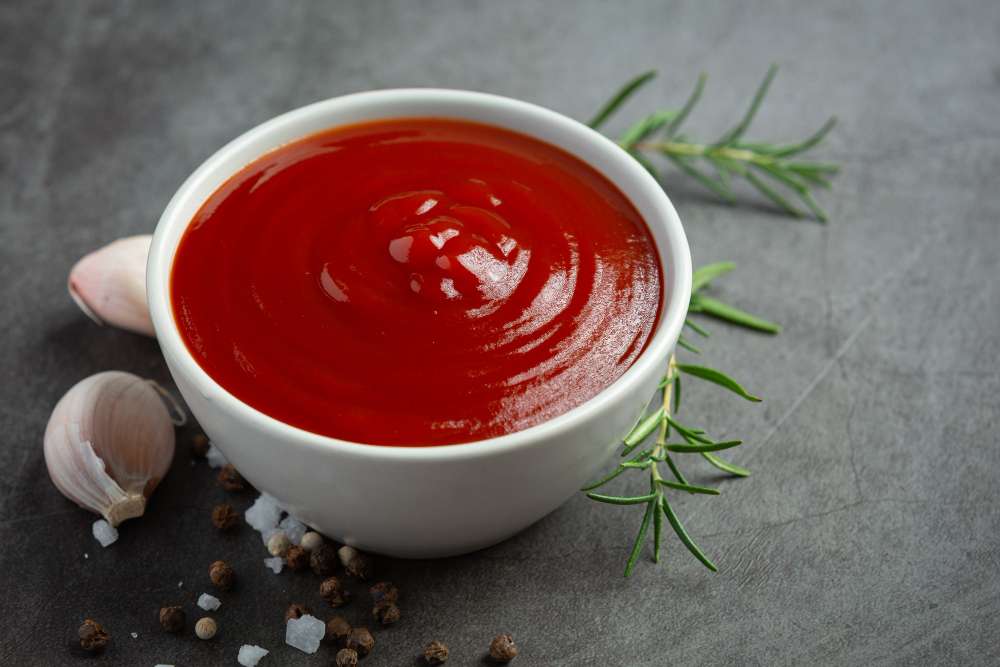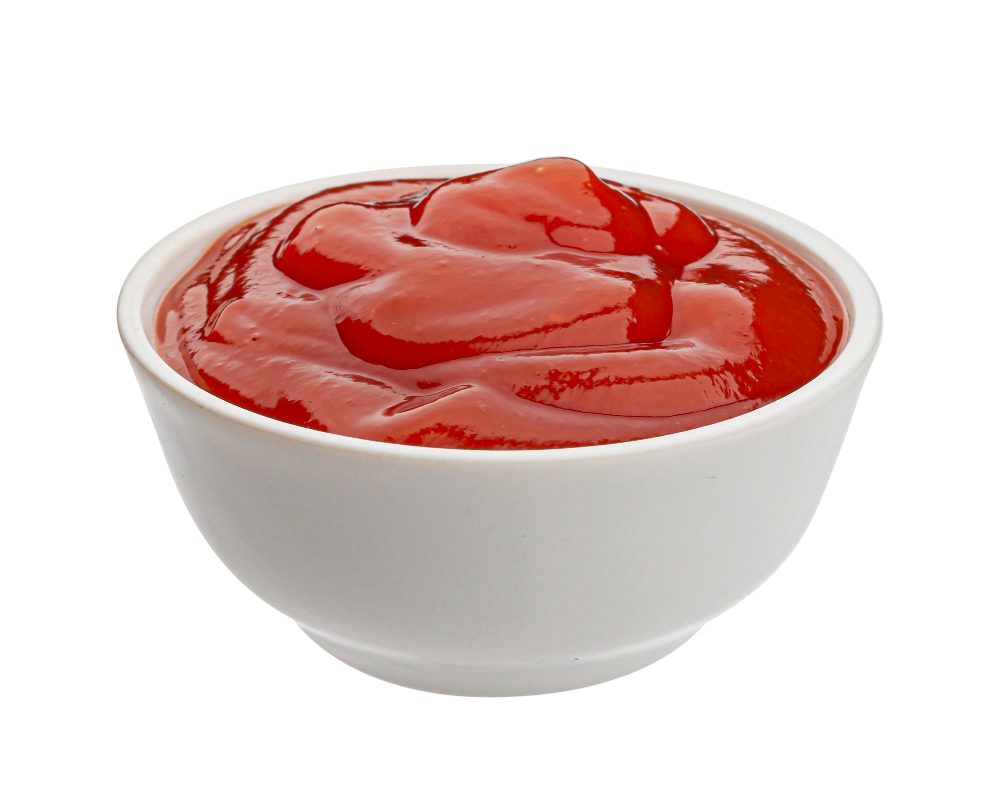Introduction: A Condiment We All Know… Or Think We Do
It’s squirted on burgers, dipped with fries, and found in nearly every kitchen in the Western world. Ketchup is as ordinary as condiments get. But what if we told you that the history of ketchup doesn’t start with tomatoes — and didn’t even originate in the West?
Long before it became the sweet red sauce we know today, ketchup’s original recipe was far from tomato-based. It was made with fermented fish. Yes, fish sauce.
Let’s dive into the origin of ketchup, how it traveled across continents, and how it evolved into the modern staple we all recognize.
Origin of Ketchup: No Tomatoes in Sight
The story begins in Southeast Asia, specifically China, where the earliest version of ketchup — called “kê-tsiap” — was a fermented fish sauce used to season food.
- It dates back to the 17th century.
- Made from fermented anchovies, spices, and salt.
- Used not as a dip, but as a cooking ingredient.
Sailors and traders brought this pungent sauce westward, and it began to evolve as it hit new cultures.

Ketchup Without Tomatoes: The British Versions
When British merchants encountered kê-tsiap, they tried to replicate it at home — without the same ingredients. The result?
- Mushroom ketchup
- Walnut ketchup
- Even oyster or anchovy ketchup
These versions, popular in the 18th century, were dark, umami-rich sauces closer to Worcestershire than Heinz.
The word “ketchup” became a catch-all for any savory, fermented-style sauce — still no tomatoes in sight.
Fun fact: Early British cookbooks list ketchup recipes that require fermenting mushrooms for weeks!
The Tomato Enters the Scene
Tomatoes didn’t enter the picture until the early 1800s, and even then, they were met with skepticism:
- Many Europeans thought tomatoes were poisonous.
- American cooks started experimenting with tomato ketchup by the 1810s.
- Early recipes included tomato pulp, brandy, spices, and vinegar.
By mid-century, commercial tomato ketchup was becoming common — but it still tasted more like spiced tomato stew than today’s version.
Enter Heinz: The Sweet Tomato Revolution
The evolution of ketchup took a big turn in 1876 when Henry J. Heinz introduced a recipe that changed everything:
- Added sugar for a sweeter flavor.
- Used ripe tomatoes with more natural pectin.
- Included vinegar to boost preservation.
- Packaged in clear glass bottles to emphasize purity.
Heinz made ketchup:
- More stable
- Sweeter
- Massively popular
This recipe is still the blueprint for most modern ketchups.

Ketchup in Modern Culture
From diners to drive-thrus, ketchup became a cultural icon:
- U.S. households: Found in over 95% of kitchens.
- Global fast food: A default dip worldwide.
- Pop culture: Parodied, referenced, and even turned into fashion.
There’s even banana ketchup in the Philippines, and curry ketchup in Germany. The condiment continues to evolve, adapting to local tastes and traditions.

Weird Ketchup Facts You Didn’t Know
- Ketchup was once sold as medicine in the 1830s, marketed to cure indigestion.
- In space, astronauts squeeze ketchup from special nozzles — gravity makes bottles pointless.
- Green ketchup was a real thing in the early 2000s, launched to appeal to kids (and confuse adults).
Conclusion: From Fermented Fish to Sweet Tomato Sauce
The history of ketchup is a flavorful ride through time, continents, and culinary creativity. What started as a fermented fish sauce in Asia turned into a global staple thanks to centuries of experimentation and a touch of American innovation.
So next time you squirt ketchup on your fries, remember — you’re tasting centuries of strange, savory evolution.
